
WoT's Hot
Did you know that:
1. The origin of the name Berlin is supposed to be Slavic and means "swamp" or "swamp meadow" but in reality Berlin is far from being a swamp!
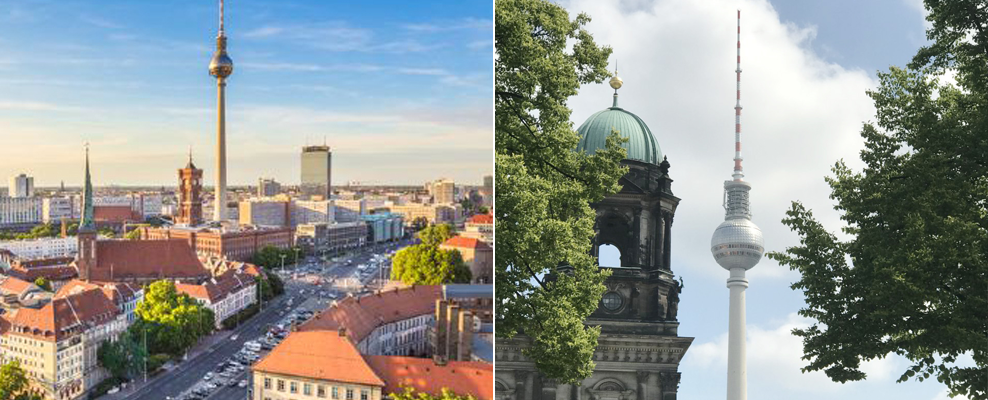
2. The TV Tower at Alexanderplatz (Berlin) known as the Fernsehturm or the Tele-spargel is one of the tallest structures in Europe and was the most important symbol of Communist power and pride for East Germans. The total height to the top of the spire is 365 meters or 1197 feet. When the Tower was completed in October 1969, it was the second-highest television tower in the world, right after the Ostankino in Moscow (537 meters). What is interesting is that this tower had to be completed with the help of architects and experts from Sweden as the East Germans could not do it themselves!
3. Pink was the color for boys as it was supposed to be a ‘strong’ color closely associated with blood and war and blue was a calmer and lighter tone so was to be the color for girls. Therefore, buildings associated with war and defense in Germany were painted in pink in the last century.
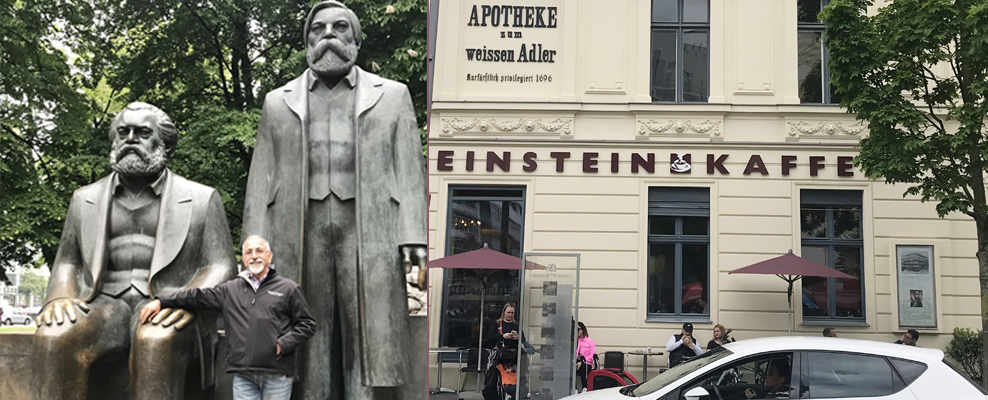
4. Humboldt University, operated from 1810 has been home to many of Germany's greatest thinkers of the past two centuries, among them the idealist philosopher Hegel, the founders of Marxism - Karl Marx and Friedrich Engels, Germany’s unifier Otto von Bismarck and professors of physics Albert Einstein and Max Planck. The university is home to 29 Nobel Prize winners!
5. The idea of concentration camps in Germany began as early as 1933, six years before the Second World War when the Dachau concentration camp was created for political prisoner. When the world fell silent on this barbaric practice Nazi Germany continued to expand the use of these camps which included German Communists, Socialists, Social Democrats, Roma, Jehovah's Witnesses, homosexuals, and persons accused of 'asocial' or socially 'deviant' behavior by the state.
6. An astonishing fact is that the Book Burnings were started not by elders in the communities but by the students on May 10, 1933. “Un-German” books were publicly burnt in 34 University towns and cities by Nazi-dominated student groups. Among these were works of prominent Jewish, liberal, and leftist writers which ended up in the bonfires. The book burnings stood as a powerful symbol of Nazi intolerance and censorship towards all those whom they despised.
However, what is even more important to note is that Heinrich Heine’s remark in his 1821 play Almansor wrote “"Where they burn books, they will, in the end, burn human beings too."). These prophetic words came to beheld true over 100 years later, during the Second World War!
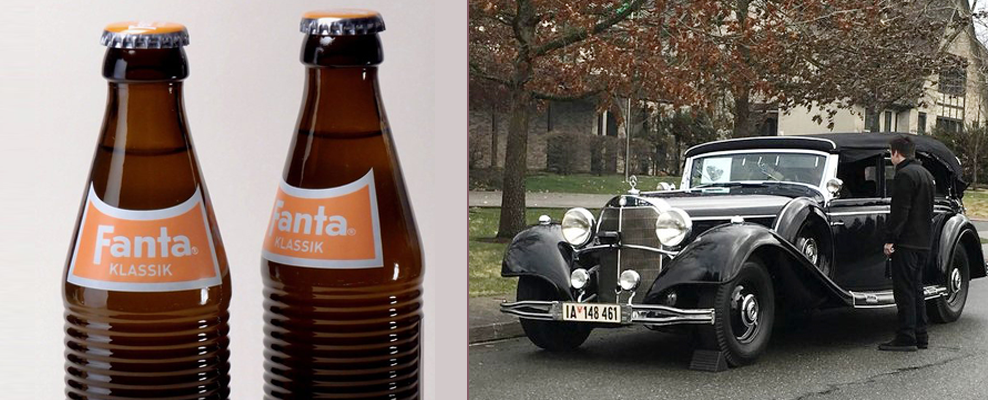
7. Fanta was produced for the Nazis during the 2WW as a trade embargo was established against Nazi Germany making the import of Coca-Cola syrup difficult. To circumvent this Coca-Cola Deutschland decided to create a new product for the German market, using only local ingredients such as beet sugar, whey, and apple pomace – i.e. the "leftovers of leftovers". Fanta became a point of nationalistic pride and was consumed by all – from the German public to the Nazi leadership.
Adidas and Puma also played an important role in Nazi Germany. These sportswear companies were started by 2 brothers, Adolf and Rudolf Dassler, both of who joined the Nazi Party in 1933. As sports played an important role in Hitler’s racist and nationalistic philosophy, Adi decided that becoming a coach and supplier to clubs would assist his goals of expanding production further.
The Mercedes-Benz 770, (the luxury car) built from 1933-43 ferried a number of high ranking Nazis including Adolf Hitler, Hermann Göring, Heinrich Himmler and Reinhard Heydrich.
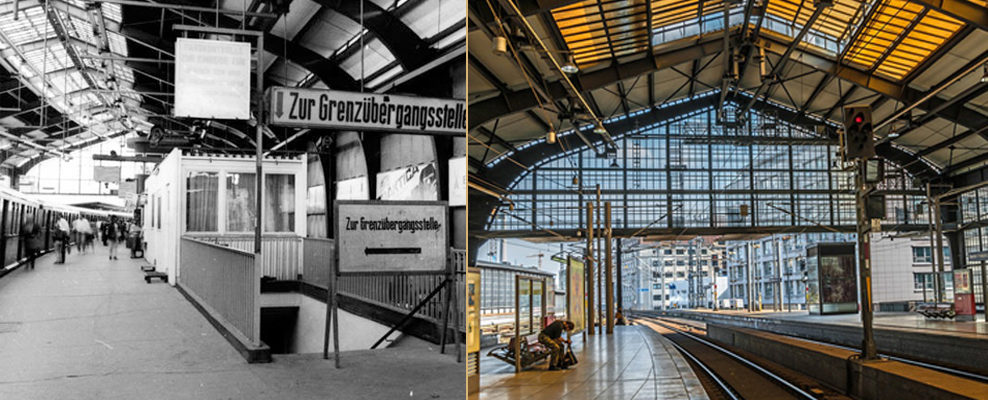
8. In the 1960s, East Germany experienced a severe ‘brain drain’ and a number of its athletes and cultural stars left for the west. The subway was the easiest means to defect to West Germany. So when East Germany built the wall they decided that although a number of its trains from the West had to pass through East Berlin, they were not allowed to stop here. These were called the “ghost stations” by the West Berliners. However, the Friedrichstrasse station with its border checkpoint was the one exception. Passengers would often have to make a border crossing when moving up or down the station.
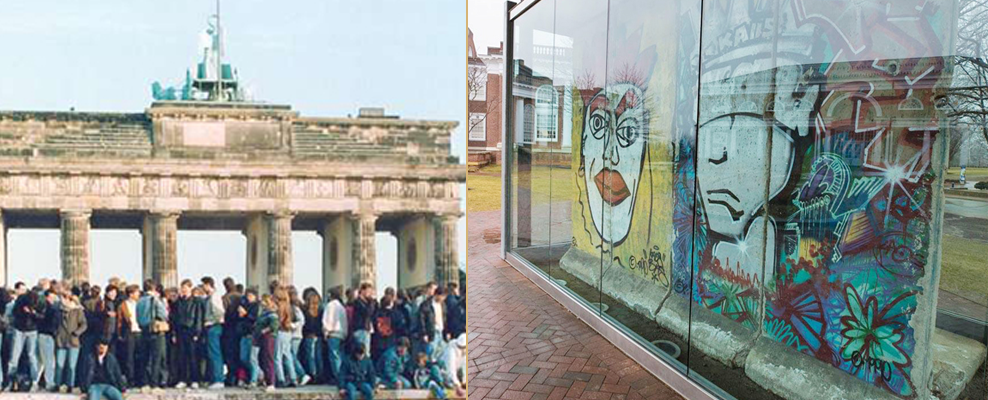
9. The Berlin Wall isn’t a wall but in fact 2 walls − an inner wall n an outer wall. This separates Berlin into East and West Berlin for 27 miles. In order to stem defections to the west, the area between the 2 walls consisted of a “death strip” which was upto 160 yards wide that contained deterrents such as hundreds of floodlights, guard dogs, watchtowers, miles of anti-vehicle trenches and trip-wire machine guns.
10. Due to the defection of thousands of people to the West, border guards were put to ensure that people did not escape. However, about 2,500 Border Guards themselves fled to the west but about 4,500 were caught during the act and imprisoned for up to 5 years.
Did you know that:
1. The origin of the name Berlin is supposed to be Slavic and means "swamp" or "swamp meadow" but in reality Berlin is far from being a swamp!

2. The T
Other Articles in Wots Hot
What to read next
Featured articles

Welcome Festive Season in Glam, Latin Quarters Launches new #PujoBling Collection with Monami Ghosh
by WOT








































